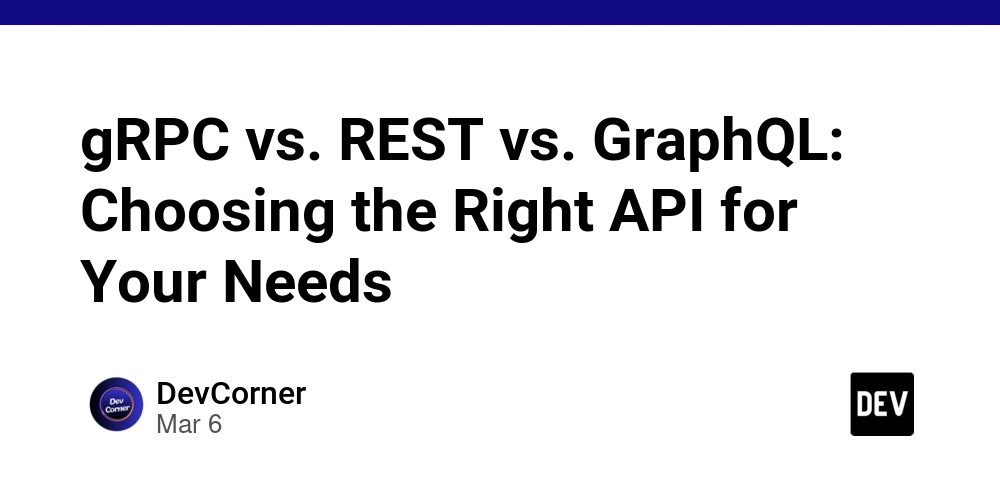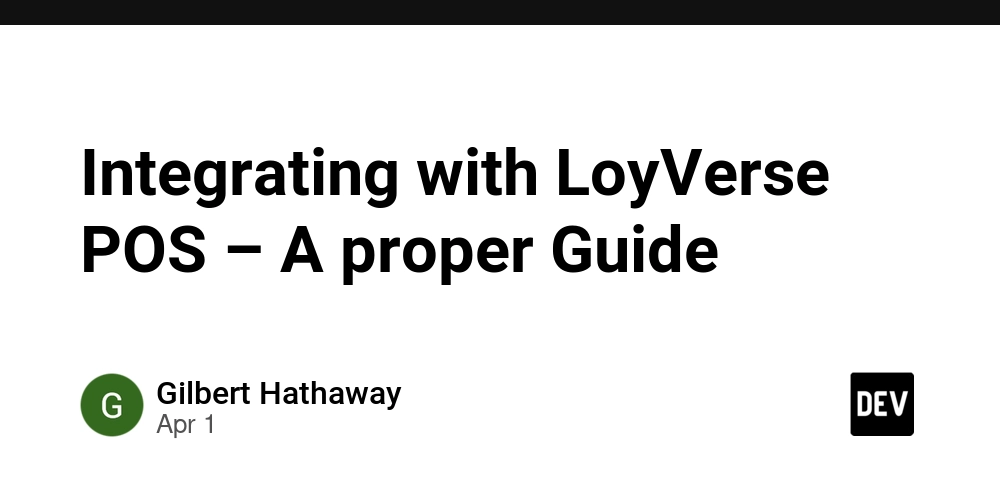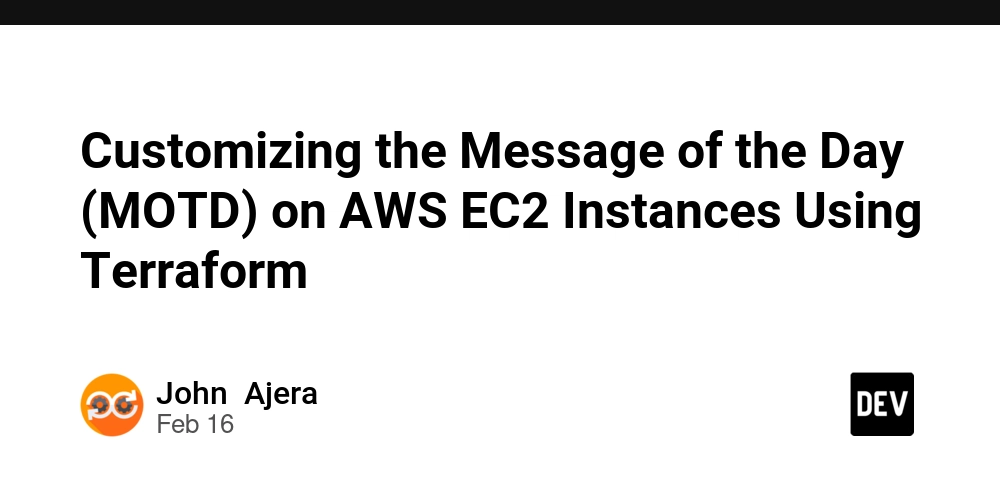gRPC vs. REST vs. GraphQL: Choosing the Right API for Your Needs
APIs (Application Programming Interfaces) are the backbone of modern applications, enabling seamless communication between different services. When designing an API, choosing the right technology is crucial for performance, scalability, and developer experience. The three most popular API communication styles today are gRPC, REST, and GraphQL. This blog provides a detailed comparison of these technologies, discussing their architectures, benefits, drawbacks, and ideal use cases. 1. Understanding the Basics REST (Representational State Transfer) REST is an architectural style based on standard HTTP methods (GET, POST, PUT, DELETE). It uses JSON (or XML) for data exchange and follows stateless client-server communication principles. Key Characteristics: Uses HTTP methods to perform CRUD operations Follows a resource-based URL structure (e.g., /users/123) Uses JSON or XML for data exchange Stateless: Each request contains all the necessary information Pros: ✅ Simple and widely adopted ✅ Works well with web browsers and caching ✅ Can be easily tested with tools like Postman Cons: ❌ Over-fetching or under-fetching of data ❌ No built-in schema enforcement ❌ Performance overhead due to repetitive requests GraphQL GraphQL is a query language and runtime for APIs developed by Facebook. Unlike REST, GraphQL allows clients to request exactly the data they need. Key Characteristics: Uses a single endpoint (/graphql) instead of multiple endpoints Allows clients to define the structure of responses Strongly typed schema using SDL (Schema Definition Language) Supports real-time updates via subscriptions Pros: ✅ No over-fetching or under-fetching of data ✅ Strongly typed schema improves data validation ✅ Supports complex relationships in a single request Cons: ❌ More complex to implement than REST ❌ Caching is challenging ❌ Performance issues with large queries gRPC (Google Remote Procedure Call) gRPC is a high-performance, RPC (Remote Procedure Call) framework developed by Google. It uses Protocol Buffers (protobufs) instead of JSON for serialization, making it faster and more efficient. Key Characteristics: Uses binary serialization (Protocol Buffers) for efficiency Supports streaming (client, server, and bidirectional) Uses HTTP/2 for faster communication Strongly typed with auto-generated client/server code Pros: ✅ High performance due to binary serialization ✅ Supports streaming for real-time communication ✅ Strong contract enforcement with proto files Cons: ❌ Less human-readable (compared to REST and GraphQL) ❌ Harder to debug and requires client libraries ❌ Limited browser support 2. Feature Comparison: gRPC vs. REST vs. GraphQL Feature gRPC REST GraphQL Data Format Protocol Buffers JSON, XML JSON Performance

APIs (Application Programming Interfaces) are the backbone of modern applications, enabling seamless communication between different services. When designing an API, choosing the right technology is crucial for performance, scalability, and developer experience. The three most popular API communication styles today are gRPC, REST, and GraphQL.
This blog provides a detailed comparison of these technologies, discussing their architectures, benefits, drawbacks, and ideal use cases.
1. Understanding the Basics
REST (Representational State Transfer)
REST is an architectural style based on standard HTTP methods (GET, POST, PUT, DELETE). It uses JSON (or XML) for data exchange and follows stateless client-server communication principles.
Key Characteristics:
- Uses HTTP methods to perform CRUD operations
- Follows a resource-based URL structure (e.g.,
/users/123) - Uses JSON or XML for data exchange
- Stateless: Each request contains all the necessary information
Pros:
✅ Simple and widely adopted
✅ Works well with web browsers and caching
✅ Can be easily tested with tools like Postman
Cons:
❌ Over-fetching or under-fetching of data
❌ No built-in schema enforcement
❌ Performance overhead due to repetitive requests
GraphQL
GraphQL is a query language and runtime for APIs developed by Facebook. Unlike REST, GraphQL allows clients to request exactly the data they need.
Key Characteristics:
- Uses a single endpoint (
/graphql) instead of multiple endpoints - Allows clients to define the structure of responses
- Strongly typed schema using SDL (Schema Definition Language)
- Supports real-time updates via subscriptions
Pros:
✅ No over-fetching or under-fetching of data
✅ Strongly typed schema improves data validation
✅ Supports complex relationships in a single request
Cons:
❌ More complex to implement than REST
❌ Caching is challenging
❌ Performance issues with large queries
gRPC (Google Remote Procedure Call)
gRPC is a high-performance, RPC (Remote Procedure Call) framework developed by Google. It uses Protocol Buffers (protobufs) instead of JSON for serialization, making it faster and more efficient.
Key Characteristics:
- Uses binary serialization (Protocol Buffers) for efficiency
- Supports streaming (client, server, and bidirectional)
- Uses HTTP/2 for faster communication
- Strongly typed with auto-generated client/server code
Pros:
✅ High performance due to binary serialization
✅ Supports streaming for real-time communication
✅ Strong contract enforcement with proto files
Cons:
❌ Less human-readable (compared to REST and GraphQL)
❌ Harder to debug and requires client libraries
❌ Limited browser support




















































%20Abstract%20Background%20112024%20SOURCE%20Amazon.jpg)






















































































































![[The AI Show Episode 142]: ChatGPT’s New Image Generator, Studio Ghibli Craze and Backlash, Gemini 2.5, OpenAI Academy, 4o Updates, Vibe Marketing & xAI Acquires X](https://www.marketingaiinstitute.com/hubfs/ep%20142%20cover.png)
























































































































































































































































-Nintendo-Switch-2-–-Overview-trailer-00-00-10.png?width=1920&height=1920&fit=bounds&quality=80&format=jpg&auto=webp#)





















_Anna_Berkut_Alamy.jpg?#)













































































































![YouTube Announces New Creation Tools for Shorts [Video]](https://www.iclarified.com/images/news/96923/96923/96923-640.jpg)





































































![[Weekly funding roundup March 29-April 4] Steady-state VC inflow pre-empts Trump tariff impact](https://images.yourstory.com/cs/2/220356402d6d11e9aa979329348d4c3e/WeeklyFundingRoundupNewLogo1-1739546168054.jpg)





























































